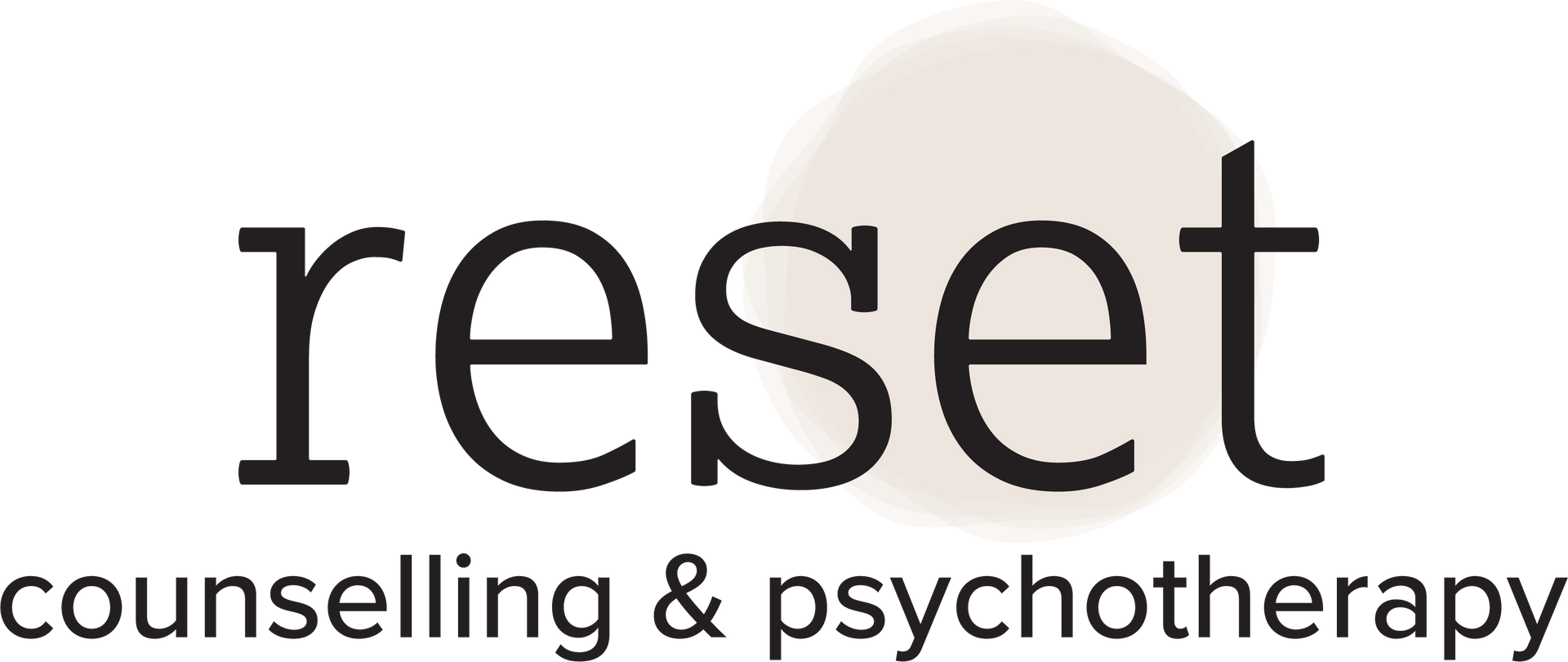Societal Inequity in Accessing Therapy
Levelling the uneven playing field faced by many | Counselling in Barrie, ON

Seeking therapy is a courageous step, yet many individuals face significant barriers that prevent them from accessing the mental health care they need. From cost and accessibility to societal stigma, the road to therapy can be riddled with challenges. In Season 1, Episode 3 of our podcast Beyond the Session, our therapists Andi and Jessica discuss these barriers and explore ways to overcome them.
The Cost of Therapy: A Major Roadblock
For many, the high cost of therapy is the most immediate and pressing barrier. Without employment insurance or financial support, paying for therapy out of pocket can feel out of reach. Registered Psychotherapist Jessica Capra explains:
“Unless you have employment insurance, there’s a significant impact of the cost of therapy to individuals, which stops them from accessing services.”
Efforts are being made to bridge this gap. Programs like the Ontario Structured Psychotherapy initiative offer free mental health services, including workbooks and one-on-one sessions with psychotherapists. These publicly funded resources are a step in the right direction, but as Jessica notes, the process of securing funding and implementing programs can be slow and subject to political shifts.
Geographic Inequities in Mental Health Access
Access to mental health care varies greatly depending on geographic location. Individuals living in remote or rural areas often face additional hurdles, from limited availability of therapists to cultural stigmas and lack of privacy around seeking help. Kathleen, a mental health advocate, shares her perspective:
“Growing up in a Northern community, I saw how mental health resources were scarce and stigma was deeply ingrained. Virtual therapy has opened some access, but in many smaller remote communities, skepticism about online services persists.”
Improving access in remote areas requires a multi-faceted approach. Increasing the availability of virtual therapy and working through education to break stigma can help bridge this divide. Additionally, local governments must prioritize funding and support for underserved areas.
Socioeconomic and Workplace Realities
Socioeconomic status plays a significant role in determining access to therapy. Private practice therapy often caters to middle and upper-class individuals with robust insurance plans or the ability to pay out of pocket. Jessica observes:
“There are almost classes of people that can access mental health care. Private practice tends to serve those with great benefits or the financial means to afford therapy. But the need exists across all socioeconomic levels.”
Shifting workplace trends, such as the decline of full-time positions with benefits, exacerbate this inequity. However, some companies are leading the way. Jessica highlights Bell Canada’s initiative:
“Bell increased their mental health coverage, allowing employees to access therapy more frequently. This kind of corporate support sets a powerful example.”
Cultural and Societal Influences
Cultural expectations and societal attitudes significantly impact individuals’ willingness to seek therapy. Stigma, familial expectations, and even religious beliefs can act as barriers. Andi's approach to this issue is to offer genuine curiosity:
“When working with clients, I aim to hear and understand their cultural and societal contexts. Helping clients explore these influences can uncover both barriers and sources of support.”
Encouraging open conversations about mental health within families, schools, and workplaces can help normalize seeking help and reduce stigma. Therapists also play a critical role in fostering understanding and acceptance.
The Role of History and Progress
Reflecting on the evolution of mental health care, it’s clear that significant progress has been made. Kathleen recalls:
“A generation or two ago, mental health struggles were shrouded in shame, and those facing challenges were often institutionalized. Today, therapy is more mainstream, especially among younger generations who openly discuss mental health.”
While strides have been made, there is still much work to do. From increasing public funding to addressing societal stigma, continued efforts are necessary to ensure equitable access to mental health care for all.
Therapy as a Catalyst for Change
Despite the barriers, therapy remains a powerful tool for self-discovery and healing. Jessica emphasizes the importance of meeting clients where they are:
“Therapy isn’t about being ‘sick enough’ or having all the answers. It’s about showing up for yourself and taking steps toward the life you want.”
As the mental health landscape evolves, initiatives that promote accessibility and inclusivity are essential. Whether through publicly funded programs, corporate support, or societal shifts, breaking down barriers to therapy can transform lives and communities.
Photo by Jonathan Chng on Unsplash
COPYRIGHT © 2024 LINDSAY TSANG. ALL RIGHT RESERVED. POWERED BY WEBEXPERTZ.CA

